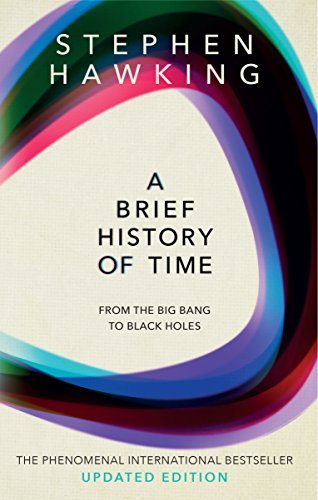The Fabric of the Universe: Understanding Space-Time
Space-time is a concept that has fascinated scientists and philosophers alike for centuries. It is the fabric of the universe, the very structure that holds everything together and dictates how objects move through the cosmos. Understanding space-time is essential for unraveling the mysteries of the universe and grasping the fundamental nature of reality.
In the early 20th century, Albert Einstein revolutionized our understanding of space and time with his theory of general relativity. According to this theory, space and time are not separate entities, but are interconnected to form a four-dimensional continuum known as space-time. This continuum is curved by the presence of matter and energy, creating what we perceive as the force of gravity.
One of the key implications of general relativity is that space and time are not fixed and unchanging, but are dynamic and can be altered by the presence of massive objects. This means that the fabric of the universe is constantly in motion, warping and bending in response to the distribution of matter and energy.
To visualize this concept, imagine a rubber sheet stretched taut and flat. When a heavy object, such as a bowling ball, is placed on the sheet, it creates a depression in the fabric. Smaller objects, like marbles, will then roll toward the bowling ball due to the curvature of the sheet caused by its mass. This is a simplified analogy of how gravity works in the context of space-time.
In addition to warping the fabric of space-time, general relativity also predicts the existence of black holes, regions of space where the gravitational pull is so strong that not even light can escape. These cosmic phenomena are the ultimate test of the theory of general relativity and have been the subject of intense study and fascination among scientists and the public alike.
Understanding space-time is crucial for a deeper understanding of the universe and its workings. It provides a framework for explaining the behavior of celestial objects, the expansion of the universe, and the nature of gravity. By studying the fabric of the universe, scientists can unlock the secrets of the cosmos and gain insights into the fundamental laws that govern our reality.
In conclusion, the concept of space-time is a cornerstone of modern physics and cosmology. It is the very fabric of the universe, shaping the way objects move and interact in the cosmos. By delving into the mysteries of space-time, scientists are pushing the boundaries of our understanding of the universe and uncovering the fundamental truths that govern our existence.













